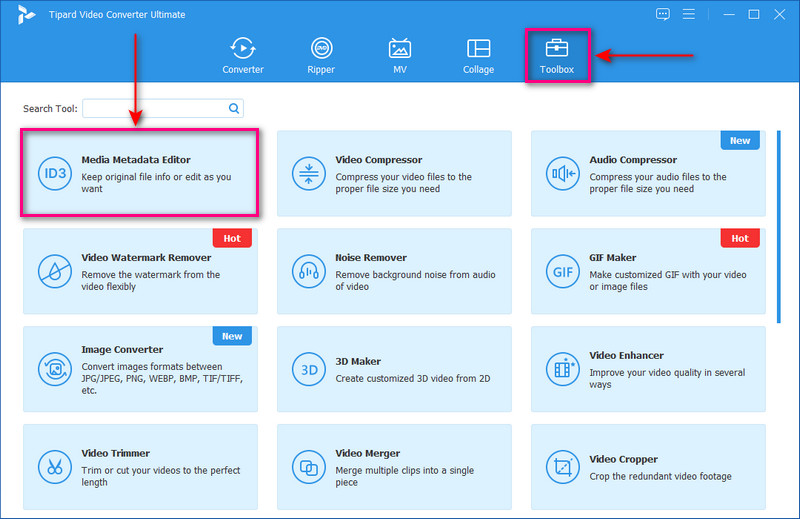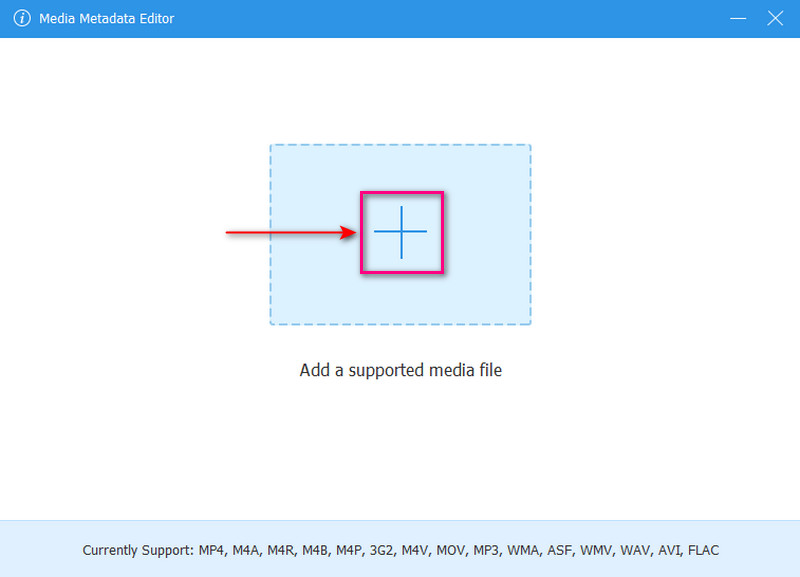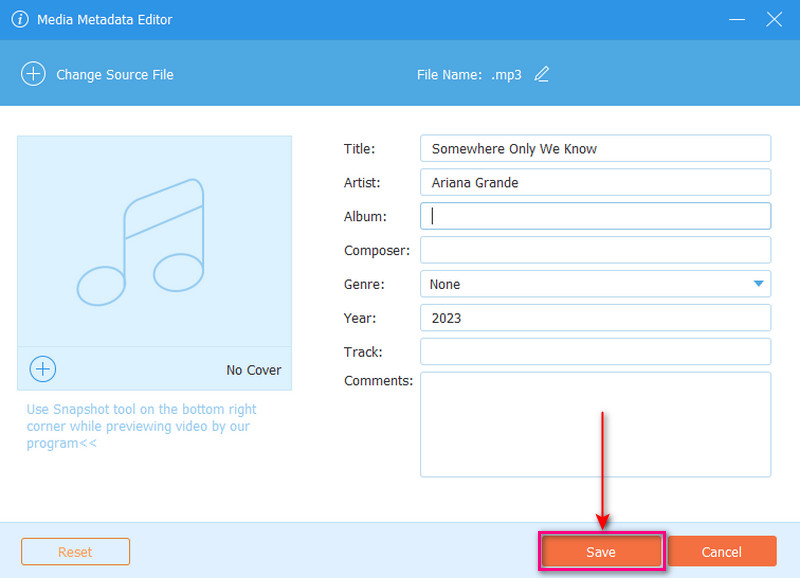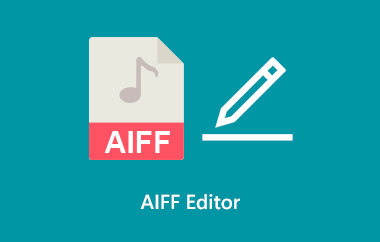Have you ever wondered about the information hidden within your digital files? That is metadata! It contains information about your digital files. These include who created them and when they were made.
Do you want to learn more about what is metadata? If yes, this post is for you! You will learn about its types and importance. But wait, there is more! We will also show you a reliable platform where you can easily view and edit metadata for your music and videos. Please keep reading to learn more!
Part 1. What is Metadata & Its Types
First, let us learn what is metadata and its types. Metadata is details about your data. The information tells you what is in things like a webpage, document, or file. It is the information used to describe what the data is all about. Metadata is like a shorter version of the basic information about your data. Using it right can make it much easier to find, use, and reuse specific data bits.
Types of Metadata
1. Descriptive Metadata
Descriptive metadata describes the content of the file. It includes titles, authors, dates, subjects, keywords, and summaries. Descriptive metadata helps users identify and retrieve files based on their content.
2. Structural Metadata
Structural metadata describes how different parts of the file are organized. It outlines relationships between components within the file, such as book chapters or video scenes. Structural metadata aids in navigating and understanding complex data structures.
3. Administrative Metadata
Administrative metadata provides information about the file's management and administrative processes. It includes file format, ownership, access rights, and version history. Administrative metadata assists in file management, rights management, and long-term preservation.
Part 2. What is Metadata in Music and Video Files
Metadata in Music
So, what is metadata in music? Metadata in music refers to the extra information attached to music files. It plays a vital role in enhancing the listening experience. This is through providing context, organization, and easy access to music content.
Here are some common types of metadata found in music files:
• Title: The name of the song.
• Artist: The person or group who performed the song.
• Album: The collection the song belongs to.
• Genre: The category or style of music the song falls into.
• Track Number: The order of the songs within the album.
• Album Artwork: The visual image representing the album or song.
• Composer: The person who wrote the music.
Metadata in Video
Do you have an idea what is metadata in video files? To answer that, metadata in video refers to the extra information attached to video files. It helps organize, manage, and understand the video content better. It aids viewers in searching for specific videos, genres, or actors.
Here are some common types of metadata found in video files:
• Title: The name of the video.
• Artist: The person who directed or created the video.
• Album: The people who appear in the video.
• Genre: The category or type of video, such as comedy, drama, or documentary.
• Track Number: When the video was made available to the public.
• Album Artwork: How long the video plays for.
• Composer: A summary or overview of the video content..
Part 3. How to Add, View, Change & Edit Metadata in Music and Video
Have you ever found yourself struggling to organize your music and video library? Wishing you could add, view, or change the details associated with each file? Perhaps you have downloaded a song or a video but could not remember the artist's name or the release date. That is where the AVAide Video Converter comes in. It is a go-to music and video metadata viewer and editor that can help you.
With its built-in media metadata editor, you can view, add, or edit metadata for your music and video files. But that is not all! It also enhances your media library by adding custom album artwork to your music files. AVAide Video Converter is your all-in-one solution for managing metadata and adding extra customization to your music and video files.
Step 1 Download and install the AVAide Video Converter on your computer. Once done, run the program to start your task.

TRY IT FREE For Windows 7 or later
 Secure Download
Secure Download
TRY IT FREE For Mac OS X 10.13 or later
 Secure Download
Secure DownloadStep 2Hit the Toolbox tab from the main menu. Look for the Media Metadata Editor; it is on the first list.

Step 3 A new window will open, where you can add your music or video file. Click the (+) button to import the file you desire to view, add, or edit the metadata.

Step 4 You will be directed to the main metadata editing section. Whether you import music or video, you will see fields such as Title, Artist, Album, Composer, Genre, Year, Track, and Comments. Please enter the information you want to display on your file. Click the (+) button below the cover frame to add album art to your file.

Step 5When satisfied, hit the Save button to confirm. Check the edited music or video file in your local folder to review the modifications!

Part 4. FAQs about What is Metadata
Why is metadata necessary in video and music?
Metadata helps users find and organize their files. It allows music players to display song titles, artists, and albums. In videos, it helps identify the title, director, actors, and other essential details.
How does metadata affect digital media organization and search?
It allows you to sort and filter files by various criteria. These include artist, genre, or release year. It makes it easier to create playlists and manage your collection.
What is metadata in photos?
It is an invisible label that stores information about the photo itself. It includes details such as when the photo was taken, what camera was used, and even where it was taken.
Is metadata visible to everyone?
Some metadata, like the title or author, may be visible to everyone. Other metadata, such as technical details or administrative information, may only be accessible to authorized users.
What is the ID3 tag in iTunes?
An ID3 tag in iTunes is a digital label attached to each music track. It contains essential information about the song. These include the title, artist, album, genre, and track number. This information helps organize your music library. It makes it easier to find and play your favorite songs. Besides that, it includes album artwork. So you can see a picture representing the music album while listening to the song.
You have learned what is metadata used for from the abovementioned information. Metadata plays a vital role in organizing and managing digital information.
When you need to organize and change the details of your music and videos, try AVAide Video Converter. It is easy to see and change the information about your media files. Try AVAide Video Converter today to make managing your media details a breeze!
Your complete video toolbox that supports 350+ formats for conversion in lossless quality.




